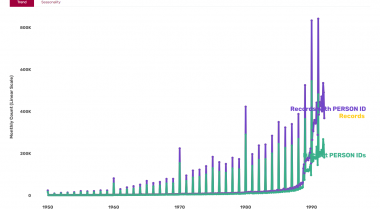CVD-COVID-UK / COVID-IMPACT
CVD-COVID-UK aims to understand the relationship between COVID-19 and cardiovascular diseases such as heart attack, heart failure, stroke, and blood clots in the lungs through analyses of de-identified, linked, nationally collated healthcare datasets across the four nations of the UK. COVID-IMPACT is an expansion of this approach to address research questions looking at the impact of COVID-19 on other health conditions and their related risk factors.



